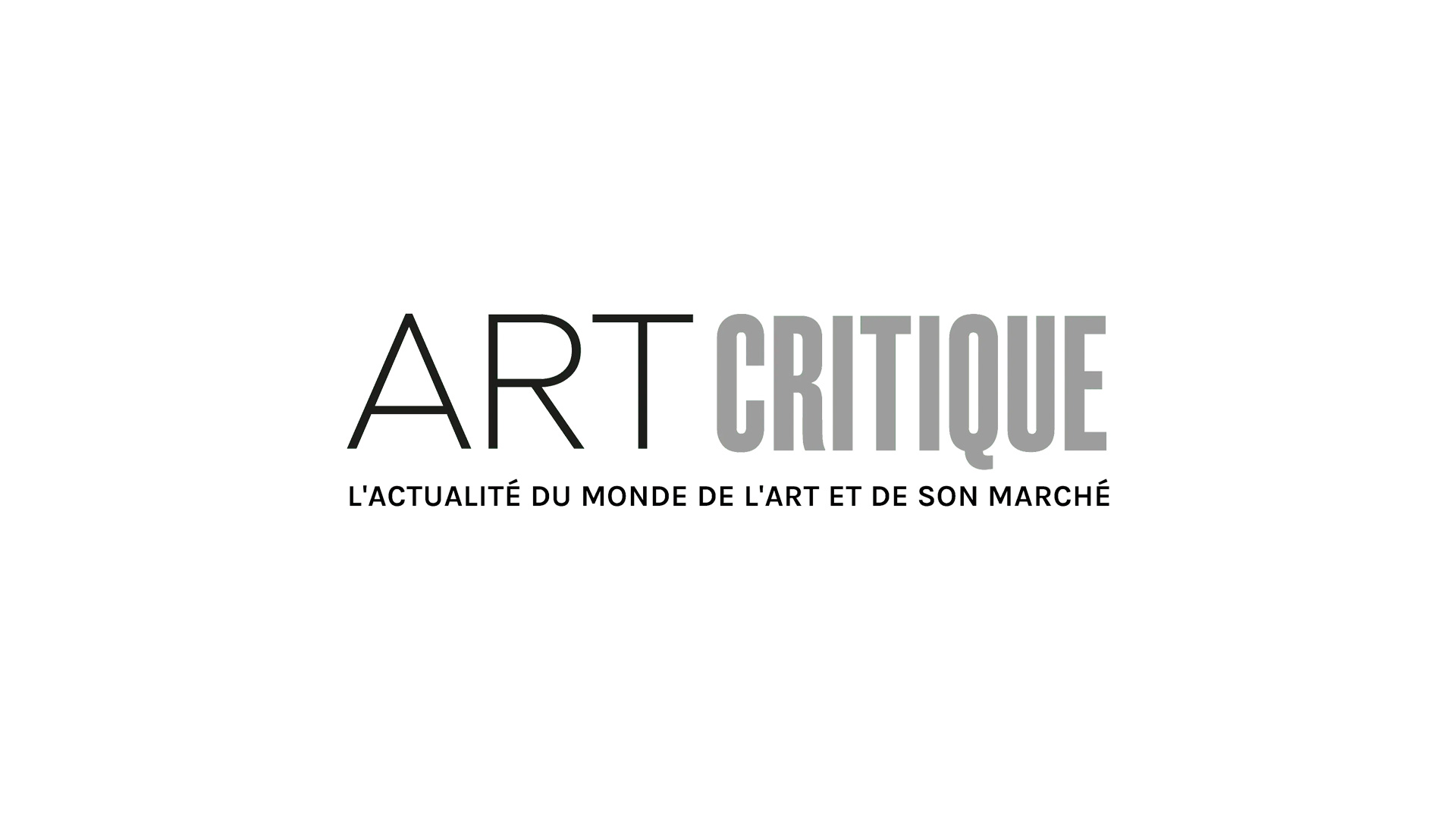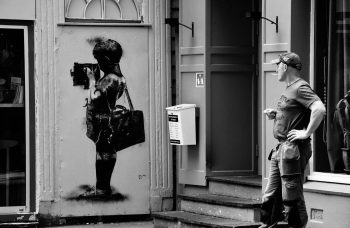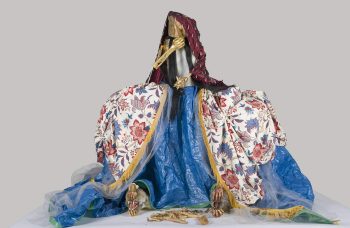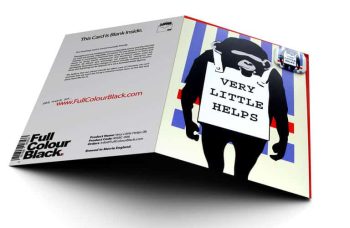Anish Kapoor is one of the UK’s more popular and controversial artists. On one hand, he’s won over the hearts of millions who have flocked to Chicago to see Cloud Gate, the 2006 metallic, bean-shaped installation that warps the sky and all around you that’s lovingly called ‘The Bean.’ On the other, he’s been the source of controversy amongst the artist community when he monopolized the production and use of the ‘world’s blackest black’: Vantablack. That’s even caused other artists to retaliate making similar versions available to every except Kapoor. However, the Indian-born artist is about to make history in a big way.

On May 14th, the Lisson Gallery, which represents Kapoor, announced that he will exhibit his first solo show in China starting this fall. A portion of the show will be at the Central Academy of Fine Arts (CAFA) while the other part of it will be at the Imperial Ancestral Temple just outside the walls of the Forbidden City in Beijing. The latter of which will make Kapoor the first Western artist to exhibit his work in such close proximity to the palatial centre of China. The show will be assisted by Su Xinping and Hans Ulrich Obrist, artist director of the Serpentine Galleries, curated by Zhang Zikang, and supported by the CAFA and president of the CAFA, Fan Di’an.
Though details of the exhibition have yet to be released, it’s nearly safe to assume it will make headlines. In 2015, Kapoor actually accused China of ripping off Cloud Gate by installing a sculpture that looked pretty well exactly like his Chicago installation. About a year after the incident, though, Kapoor allowed the sculpture to stay for Yinchuan Biennale, though he did plan to boycott the biennale when artist Ai Weiwei’s works were suddenly dropped from the line-up. Kapoor’s work at Versailles, Dirty Corner, was aggressively vandalized with anti-Semitic graffiti, which Kapoor believed to be an inside job. So, it seems likely that he’ll make a splash, whether he intends to or not.
The venues in which he’ll show his works are newsworthy in and of themselves. The CAFA dates back to the 1950s and was the first professional art museum constructed after the People’s Republic of China was established. The Forbidden City dates back to the early 15th century and was constructed by the Ming Dynasty. It’s one of China’s best-preserved imperial palaces with more than 10 million visitors each year. The Imperial Ancestral Temple is first and foremost a temple but also a historic site that sits just outside the edge of the Forbidden City. It was there that Chinese emperors worshipped during festivals and ceremonies and is considered to be one of Imperial Beijing’s most sacred places.
While we don’t know exactly what Kapoor might have up his sleeve, the Lisson Gallery guarantees that ‘[t]his exhibition will create an unprecedented dialogue with the contemporary art space of CAFA Museum as well as the grand historical space of the Imperial Ancestral Temple.’





